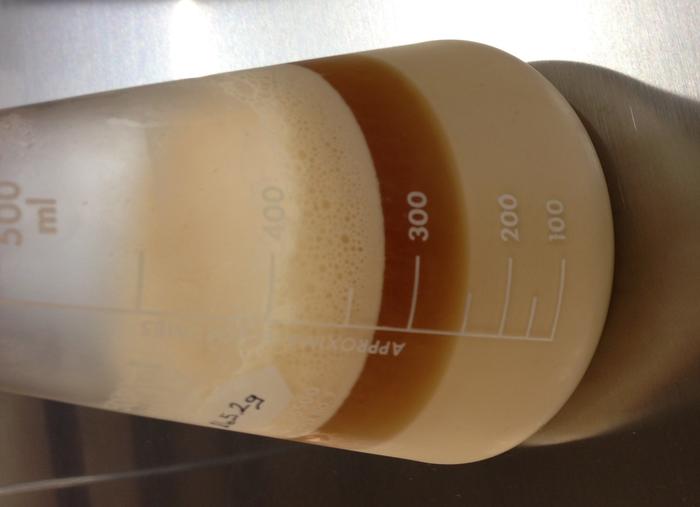Colorado68
Well-Known Member
If you don't have a jacketed fermenter you can use a fan to gently slow the rise. I don't like to get beyond 80F with Westmalle. That being said, I've seen it climb to 84F without any problems whatsoever.
Any chance your blow-off yeast is sterile/recoverable?
Yes, it was just the blow off container that made a mess, everything in the bucket and coming out is/was sterile.
36 hours later and my 6 gal bucket's lid is seriously bulging. I'm afraid the lid will blow off. Cleaned out the blow off tube and reinserted and set four (4) gallon buckets of paint on the lid to help counter the pressure.
When I took the tube out the krausen just gushed out.
Took some of the krausen and pitched a starter for future use.























































![Craft A Brew - Safale BE-256 Yeast - Fermentis - Belgian Ale Dry Yeast - For Belgian & Strong Ales - Ingredients for Home Brewing - Beer Making Supplies - [3 Pack]](https://m.media-amazon.com/images/I/51bcKEwQmWL._SL500_.jpg)


